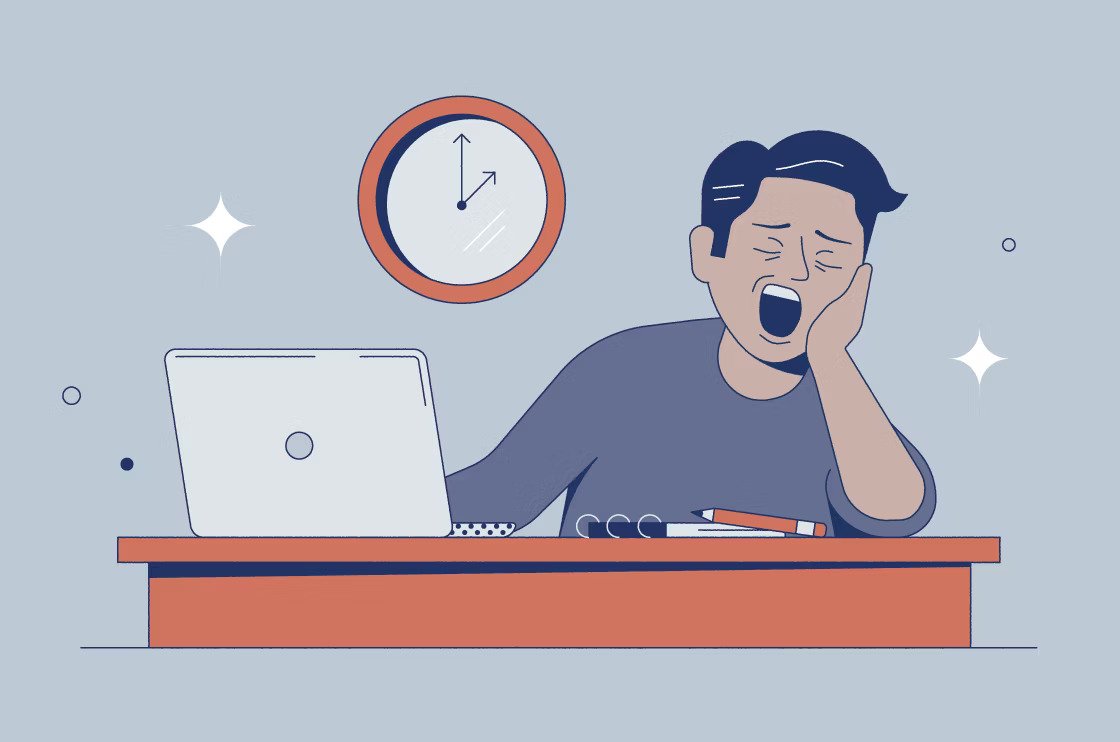Introduction
Narcolepsy in adults is a chronic neurological disorder that can greatly affect one’s quality of life. It’s not just about feeling tired—it’s a condition that disrupts the brain’s ability to regulate sleep and wake cycles. Understanding and recognizing the symptoms early is critical for proper diagnosis and treatment. But what exactly are these symptoms, and how can you manage them?
What is Narcolepsy?
Narcolepsy is a sleep disorder that causes overwhelming daytime drowsiness. It disrupts the brain’s natural ability to control sleep-wake cycles, causing individuals to feel tired even after a full night of sleep. The condition often starts between ages 10 and 25, but it can also appear in adults. Without proper treatment, narcolepsy can significantly affect work, social life, and general well-being.
The Role of Sleep and Wakefulness
We all know how important sleep is for our health. It helps the body recover and the brain process information. But when sleep patterns are disrupted, as in narcolepsy, both physical and mental health are affected. Narcoleptics often experience fragmented sleep at night and extreme drowsiness during the day, causing fatigue and difficulty functioning.
Key Symptoms of Narcolepsy
Narcolepsy has several key symptoms that distinguish it from other sleep disorders. Some of the most common include:
- Excessive Daytime Sleepiness (EDS)
- Sudden Sleep Attacks
- Sleep Paralysis
- Cataplexy (Muscle Weakness)
Let’s explore each of these symptoms in detail.
Excessive Daytime Sleepiness (EDS)
Excessive Daytime Sleepiness (EDS) is perhaps the most noticeable symptom of narcolepsy. People with EDS struggle to stay awake throughout the day, no matter how much sleep they’ve had at night. This can make everyday activities like driving, working, or even having a conversation difficult and unsafe.
Sleep Attacks
One of the more frightening aspects of narcolepsy is sleep attacks. These are sudden, uncontrollable urges to fall asleep, often without warning. Sleep attacks can happen at any time, making tasks like driving extremely dangerous. Triggers can vary but often include periods of inactivity or relaxation.
Sleep Paralysis
Another symptom is sleep paralysis, which is the temporary inability to move or speak while falling asleep or waking up. This condition can be terrifying for those who experience it, as they may feel completely aware but unable to move. Sleep paralysis is closely linked to narcolepsy and can be accompanied by vivid hallucinations.
Cataplexy: A Major Symptom
Cataplexy is a sudden loss of muscle tone, often triggered by strong emotions such as laughter, anger, or surprise. This can range from minor weakness (like a slack jaw) to full body collapse. While it doesn’t affect consciousness, it can be quite unsettling and is a hallmark symptom in many narcoleptics.
Disturbed Nighttime Sleep
Although people with narcolepsy can fall asleep suddenly during the day, they often have trouble staying asleep at night. Disturbed nighttime sleep is a common issue, with frequent awakenings and difficulty maintaining restful sleep throughout the night. This fragmented sleep pattern can worsen daytime sleepiness and fatigue.
Hallucinations During Sleep
Many narcoleptics experience hallucinations, especially as they are falling asleep (hypnagogic) or waking up (hypnopompic). These vivid, dream-like experiences can feel incredibly real and are often frightening. They are linked to rapid eye movement (REM) sleep and are common in those with narcolepsy.
Impact on Mental Health
Living with narcolepsy can also affect your mental health. Dealing with constant tiredness, sleep attacks, and social limitations can lead to stress, anxiety, and depression. The unpredictability of the condition can create emotional strain, making it essential to seek mental health support alongside medical treatment.
Diagnosis of Narcolepsy
Diagnosing narcolepsy involves a combination of medical history, sleep studies, and possibly a multiple sleep latency test (MSLT). This test measures how quickly you fall asleep and how quickly you enter REM sleep. A diagnosis is crucial for getting the right treatment and improving quality of life.
Treatment Options for Narcolepsy
While there is no cure for narcolepsy, there are effective treatments available. Medications like Artvigil 150mg and Waklert 150mg are often prescribed to help manage daytime sleepiness. These wakefulness-promoting agents work by stimulating the brain, helping people with narcolepsy stay alert throughout the day.
In addition to medications, lifestyle changes such as creating a regular sleep schedule, taking short naps, and avoiding caffeine can help manage symptoms.
Living with Narcolepsy
Living with narcolepsy requires adjustments, but it’s entirely possible to lead a fulfilling life with the right strategies. Sticking to a consistent routine, avoiding alcohol, and seeking support from family, friends, or narcolepsy communities can all make a huge difference in managing this condition.
Conclusion
Recognizing the symptoms of narcolepsy in adults is the first step towards proper management and treatment. If you or a loved one is experiencing excessive daytime sleepiness, sleep attacks, or other related symptoms, it’s essential to consult a healthcare professional for an accurate diagnosis. With the right combination of medication, like Artvigil 150mg and Waklert 150mg, and lifestyle changes, narcoleptics can take control of their condition and improve their quality of life.
